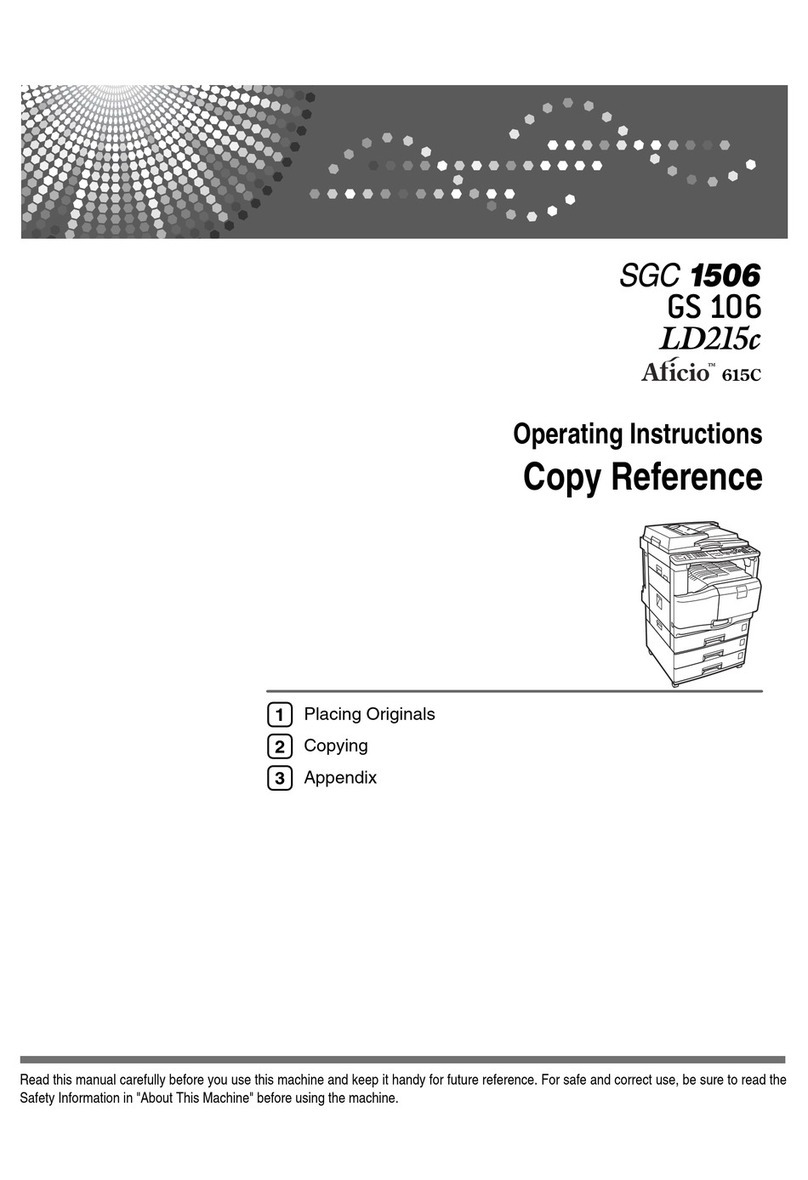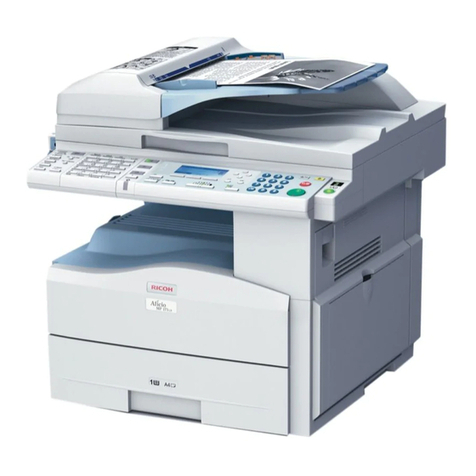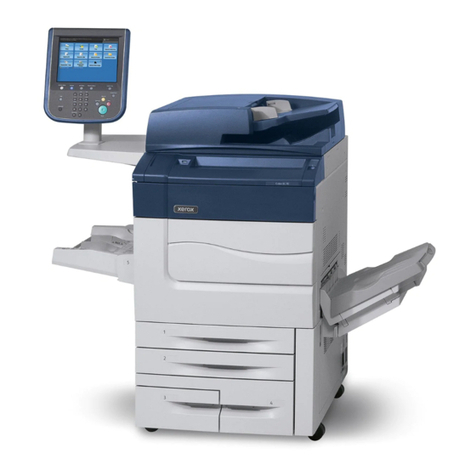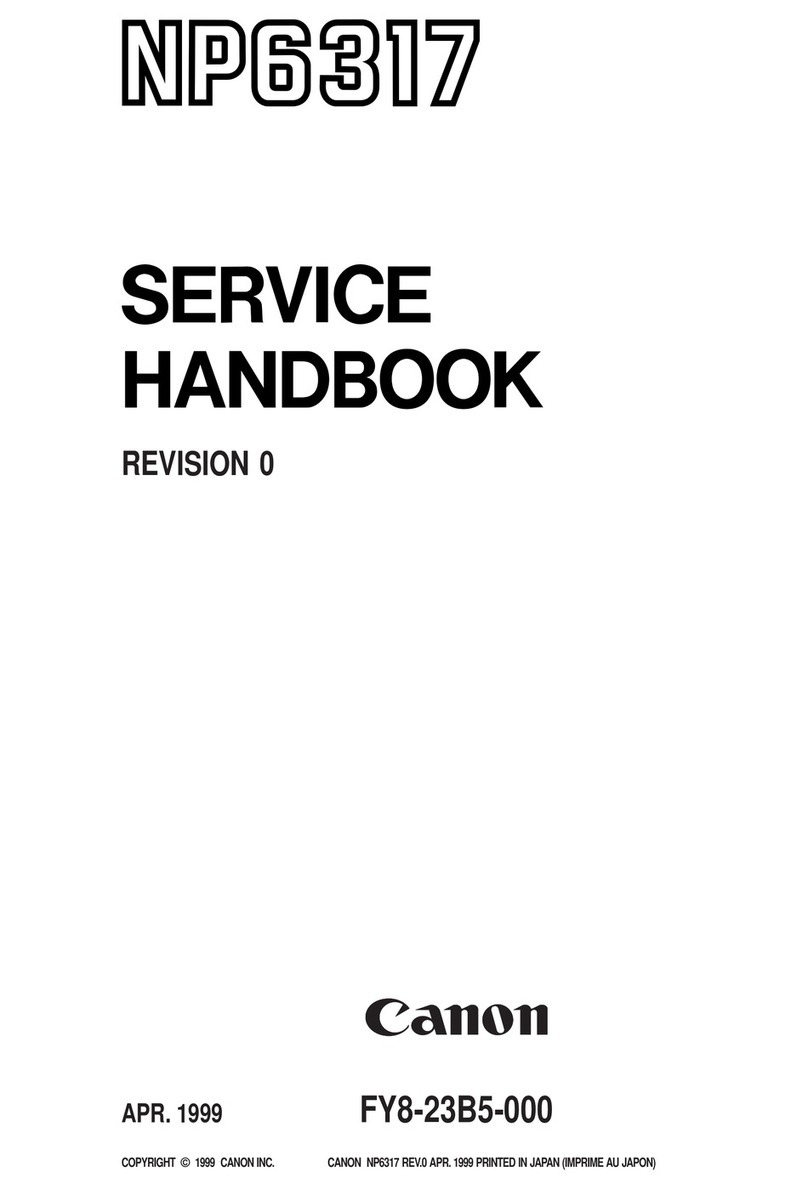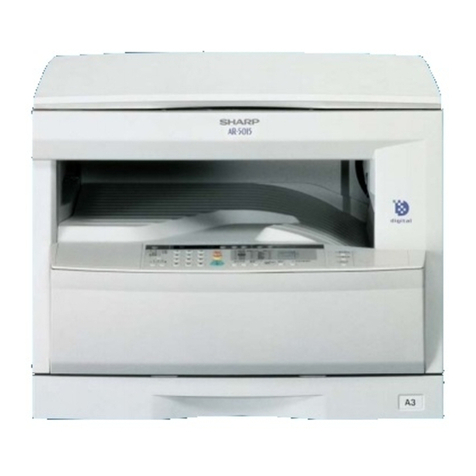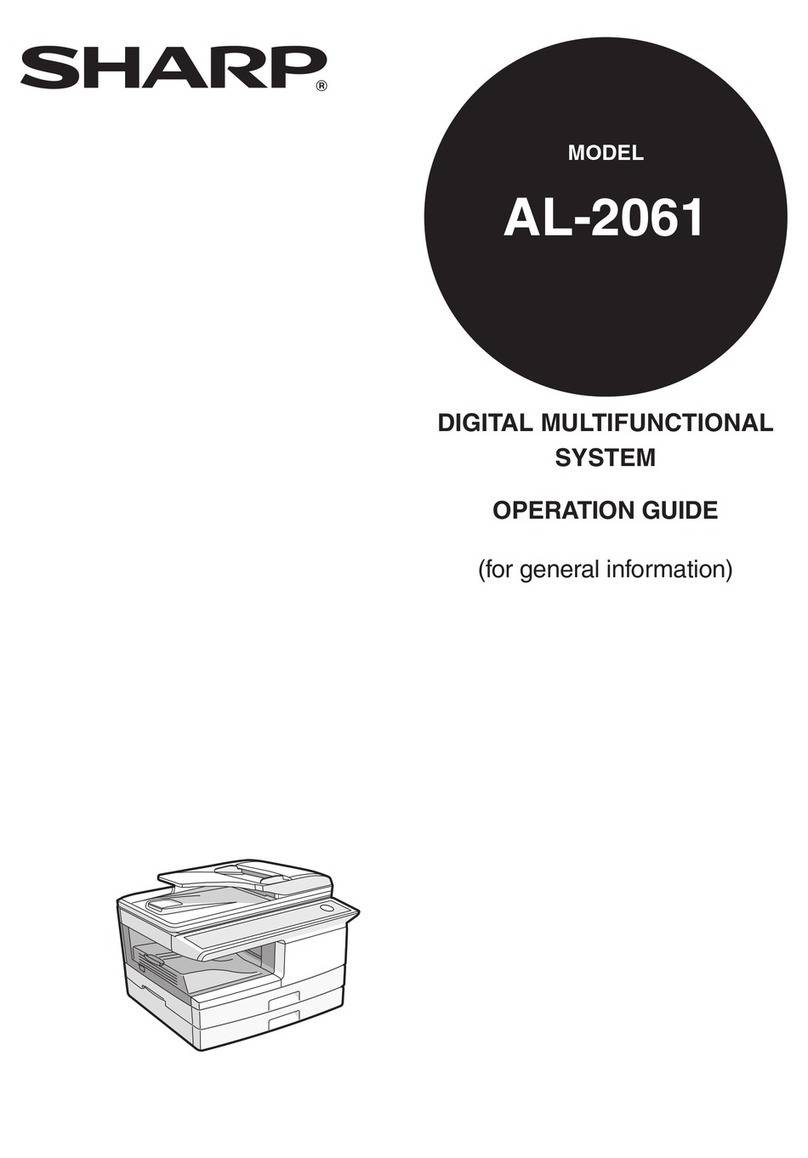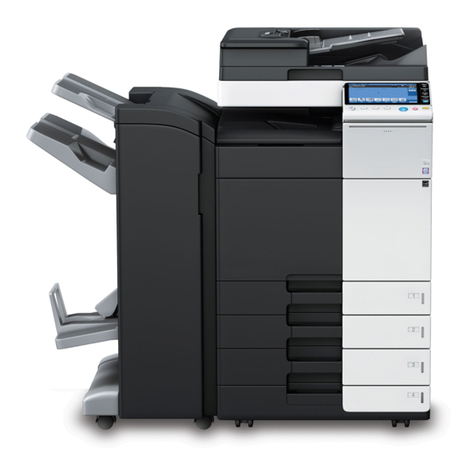Ricoh FT4215 User manual
Other Ricoh Copier manuals
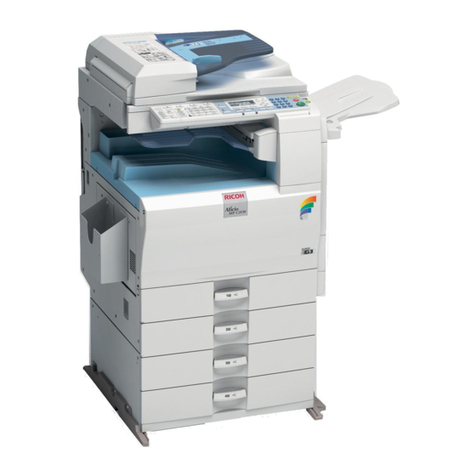
Ricoh
Ricoh Aficio MP C3000 Series Service manual
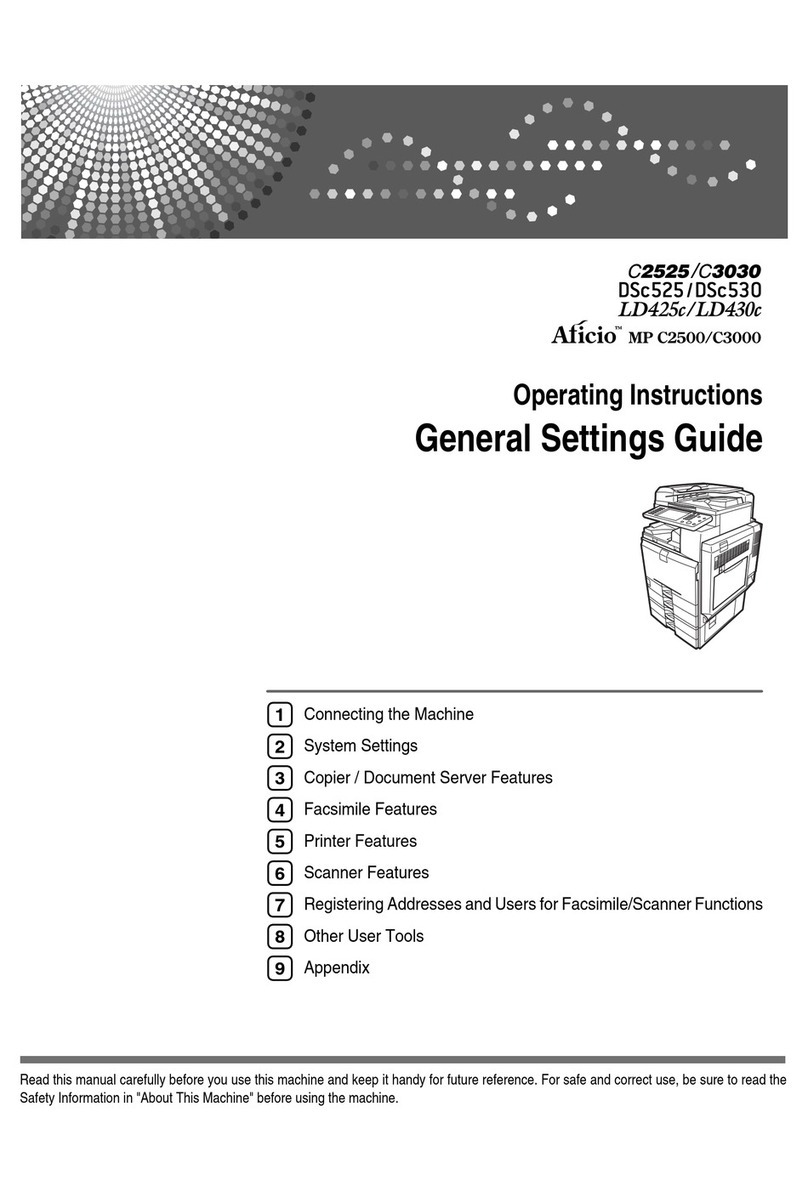
Ricoh
Ricoh DSc535 User instructions

Ricoh
Ricoh FT 4015 User manual

Ricoh
Ricoh Aficio A080 User manual

Ricoh
Ricoh Pro C900s Quick start guide

Ricoh
Ricoh A229 User manual

Ricoh
Ricoh FW 810 User manual

Ricoh
Ricoh A219 User manual
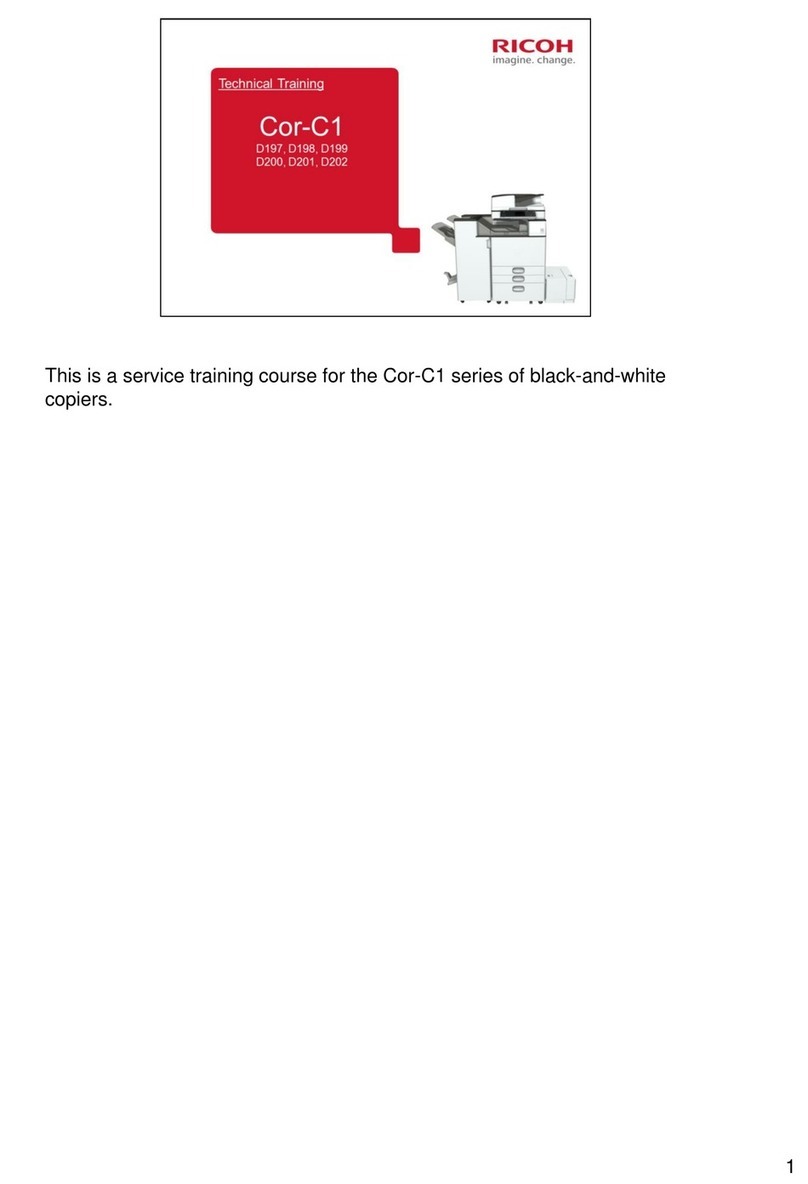
Ricoh
Ricoh Cor-C1 Series Installation guide
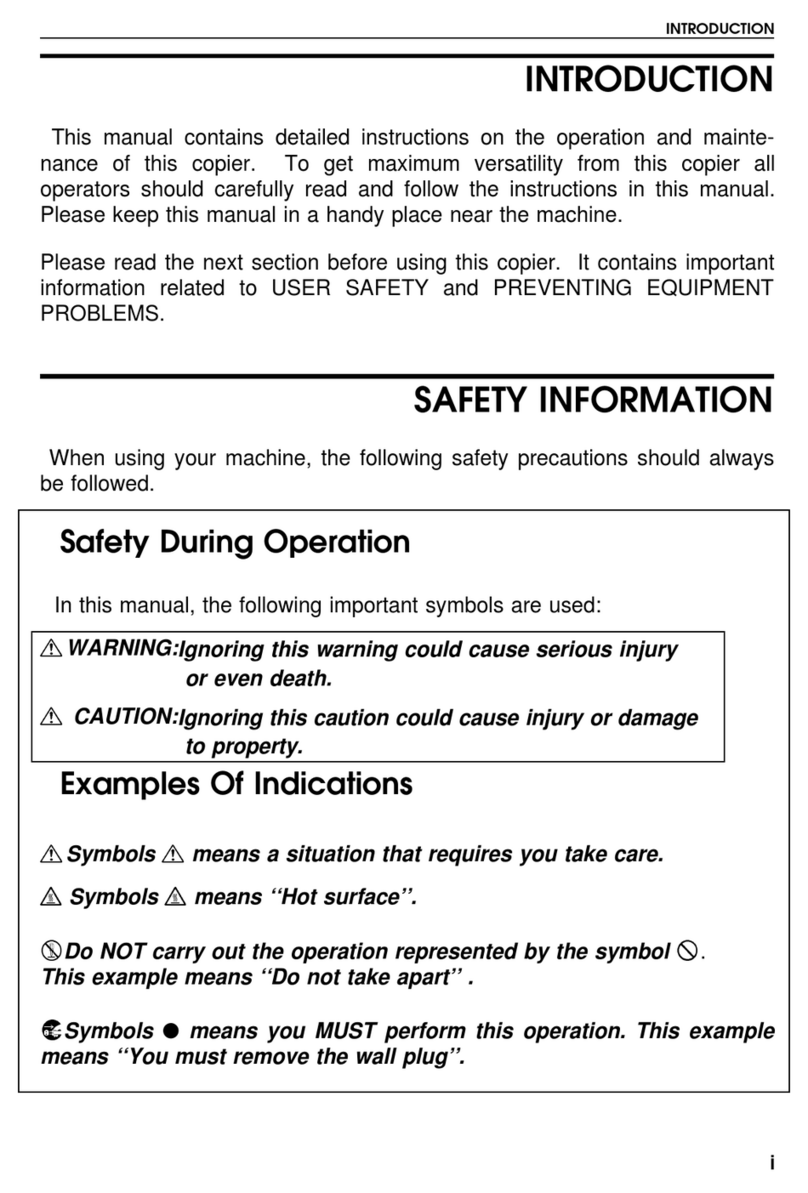
Ricoh
Ricoh Grand Kingfisher FT4018 User manual
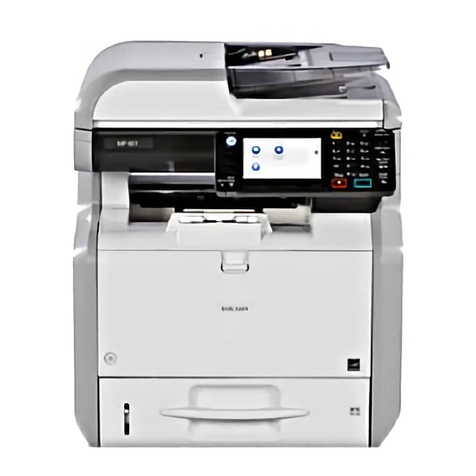
Ricoh
Ricoh MP 401 spf User manual

Ricoh
Ricoh FT4480 Quick start guide
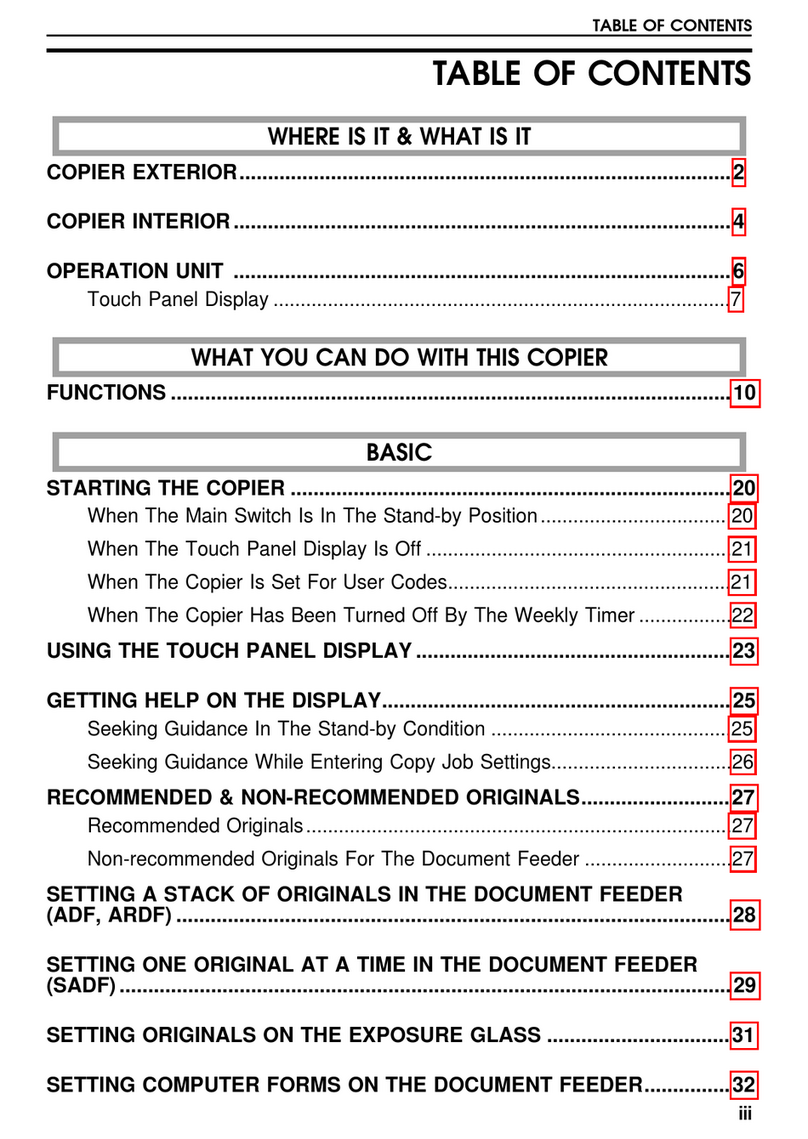
Ricoh
Ricoh FT8982 User manual

Ricoh
Ricoh FT7060 Quick start guide

Ricoh
Ricoh A163 User manual

Ricoh
Ricoh Aficio DSm616 User manual
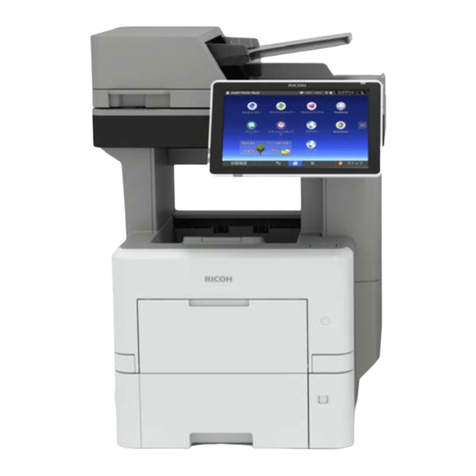
Ricoh
Ricoh M281 Series User manual
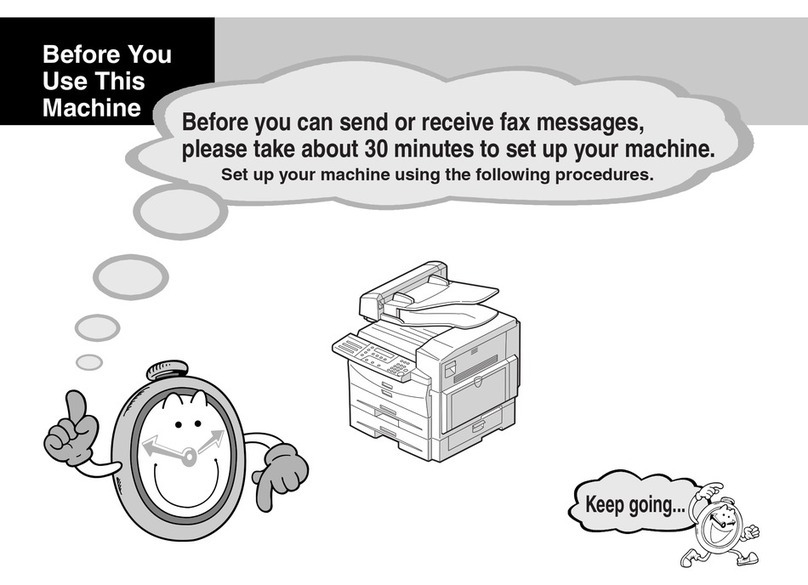
Ricoh
Ricoh aficio 1013 User manual

Ricoh
Ricoh FT2012+ User manual
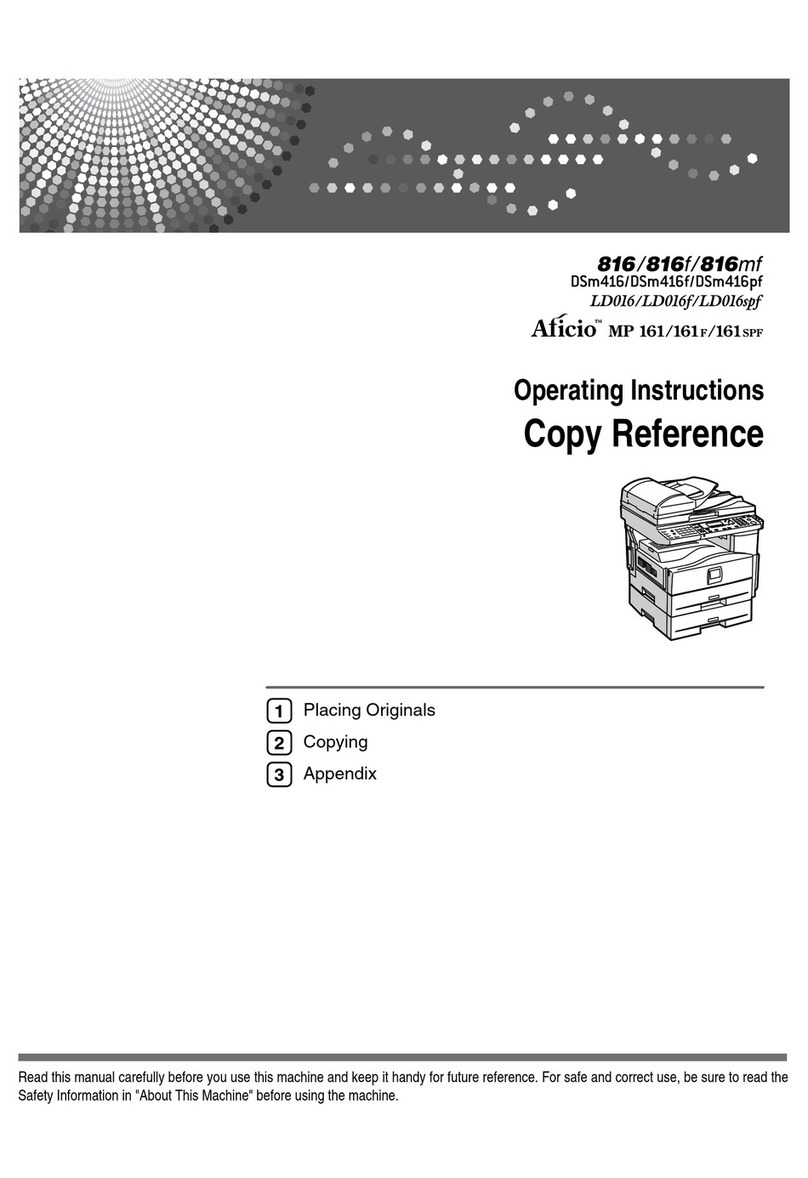
Ricoh
Ricoh 816 User manual
